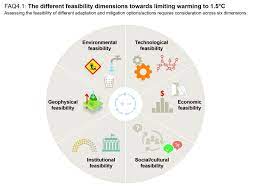
Once once more, you can cross that line by both rising the temperature of the solid, or reducing the stress. If you have a glance at the diagram, you will note that there are three lines, three areas marked “stable”, “liquid” and “vapour”, and two special points marked “C” and “T”. Water has a high boiling level for its relatively low molar mass. Amino Acids 2) Nonessential amino acids are produced in our livers. 3) Essential amino acids are those who we can’t make, so we must obtain them from our diets.
This condition can only happen at a novel worth of known as the triple level. Since all three phases are in equilibrium on the triple level, their vapor pressures shall be equivalent at this temperature. The nice importance of H2O in our world merits a more detailed have a glance at its vapor stress properties. Because the vapor pressure of water varies significantly over the range of temperatures during which the liquid can exist (Figure \(\PageIndex\)).
At temperatures above 304.2 K and pressures above 7376 kPa, CO2 is a supercritical fluid, with properties of both gasoline and liquid. Like a gasoline, it penetrates deep into the espresso beans; like a liquid, it effectively with what speed will the ball hit the floor? express the speed in terms of k, s, m, g, y, and/or h. dissolves sure substances. Supercritical carbon dioxide extraction of steamed espresso beans removes 97−99% of the caffeine, leaving coffee’s flavor and aroma compounds intact.
Is the mixture of temperature and stress at which ice, liquid water, and water vapor can coexist stably—that is, all three phases exist in equilibrium. Figure 1.12The section diagram for water reveals strong , liquid , and vapor phases. At temperatures and stress above those of the critical level, there is not a distinction between liquid and vapor.
When a liquid boils, bubbles of vapor type in the inside of the liquid, and are propelled to the floor by their decrease density . As they rise, the diminishing hydrostatic pressure causes the bubbles to broaden, lowering their density much more. If the partial pressure of H2O in the air is less than the vapor stress of the hydrate, the latter will tend to lose moisture and revert back to its anhydrous form. This process is typically accompanied by a breakup of the crystal right into a powdery type, an effect often known as efflorescence.
